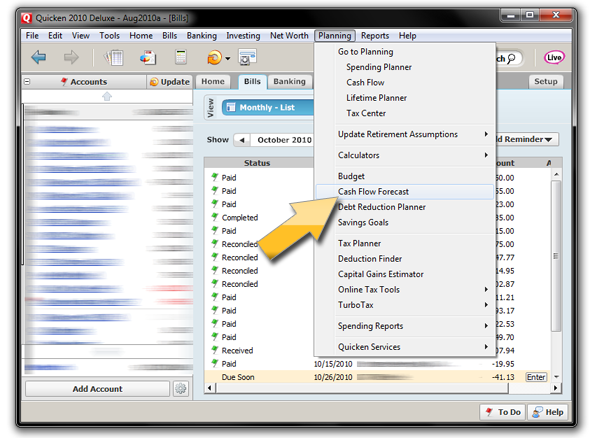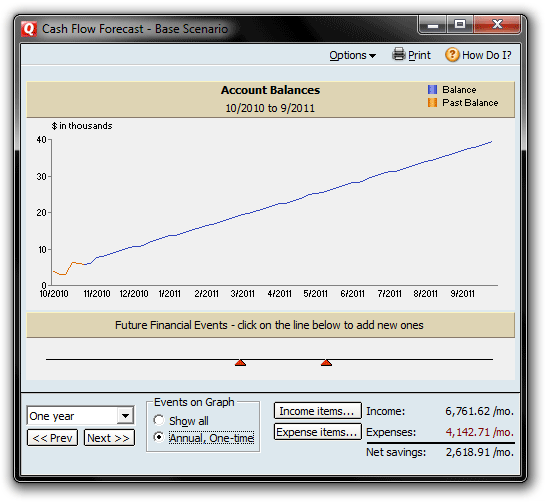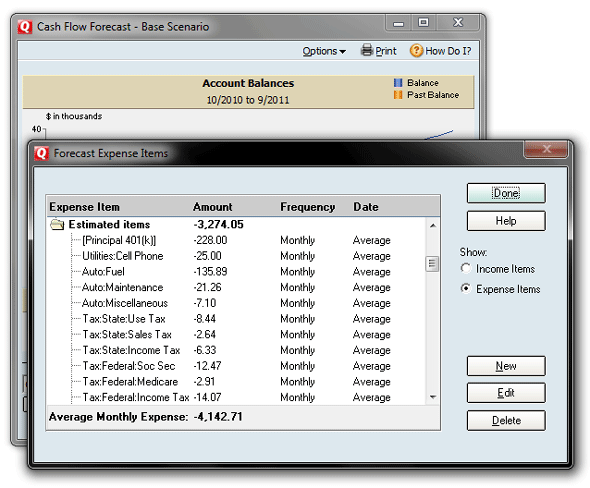Talk about fantastic news: My email inbox showered me with a couple of interest-rate notices this past week … the same sort of notices that have been so pervasive for the last several years:
Dear Affiliate,
ING DIRECT’s Orange Savings Account and Kids Savings Account rate has changed to 0.80%.
ING DIRECT’s Business Savings Account rate has changed to 0.50%.
Electric Orange Checking Account rates have changed…
While ING’s savings rates have been below 1% for a while now, and consistently dropping to new lows (for them), the update that really smarted came courtesy of my preferred credit union. Their rewards checking account had been paying me 4.38% ever since I’d signed up back in August of 2010. The new rate as of January 1, 2012?
Try 3.38%.
While that’s still a pretty nice rate, relatively speaking, that doesn’t mean I have to be happy about the drop in yield. This is “rewards checking,” after all, where I actually have to expend some effort — like using a debit card at least 12 times per month, which I’d otherwise never do — to earn that rate. And even then, it’s only on the first $15,000 of deposited funds.
It’s not necessarily the pure dollar figures that tick me off, either. Where my dividends in this account had been running in the $50 area each month, I’ll now be getting somewhere in the vicinity of $42. Eight bucks less per month? No big whoop.
Rather, what gripes me is the fact that rates are being anchored to the floor, and pushed ever lower, because there’s so much STUPID (yeah, that’s a noun) in the system that allowing rates to rise to a market-clearing level would apparently bring about financial chaos. I mean, heaven forbid true risk get priced in anywhere. Financially-spotty paper assets getting repriced to true, “non-easy money” values? Lord, no! Insanity! Why, think of the children!
(At this point, Watson, if you’ve surmised that I’m not a fan of the Federal Reserve, you’d be correct.)
So Why Save?
It’s quite obvious at this point that, while their PR firms say otherwise, the absolute last thing that The Powers That Be want us middle-class folk to do is save our money. (Neat corollary: One of the reasons we inhabit the economic muck of today is that no one has been saving, really saving, for decades. And if any of us were to do something crazy and start saving now on any kind of sizeable scale, well, we’d be in the soup. Since no one has been saving for years, and instead has been taking on “cheap” debt like there’s no tomorrow, we certainly can’t afford to save now. See how it all makes perfect sense?)
But if you’re me, and you like to be able to sleep at night, you save anyway.
You save, because somewhere down the line you’re going to need a new truck, and paying interest on top of the already-silly prices on cars just wouldn’t be kosher.
You save, because while you replaced your central heat/air system just a few years ago, experience tells you that Murphy likes to show up unannounced and make roadkill of pretty much any four- or five-digit home repair item he can find.
You save, because deep inside, there’s that vindictive inner self who believes that cramming hundred-dollar bills into a bank bag stored in your home safe means that somewhere, a banker or Federal Reserve governor breaks down in tears. (Or, if you prefer, with each crisp Benjamin you take out of the system, a hefty .0000000137 jobs are destroyed. I don’t have any evidence to back that up, of course, but then my inner self isn’t actually a stickler for facts, either.)
So go ahead, Federal Reserve, and keep massaging those rates down, down, down. Our beloved banks will have choice but to follow suit. And keep huffing and puffing to prop asset prices up, up, up. There won’t be any negative repercussions to any of this; no, of course there won’t. History has shown us, time and again, that there never are. It always works out well.
For somebody.
Just never the savers.





